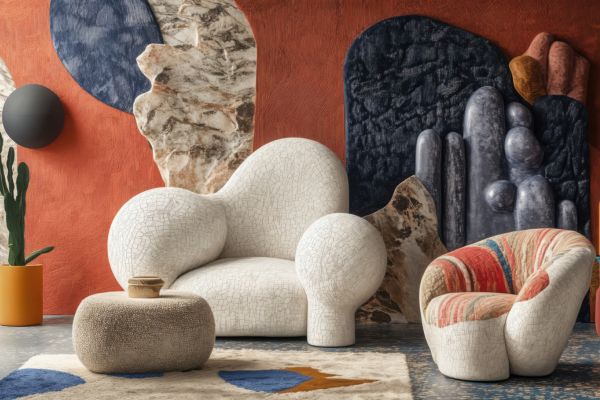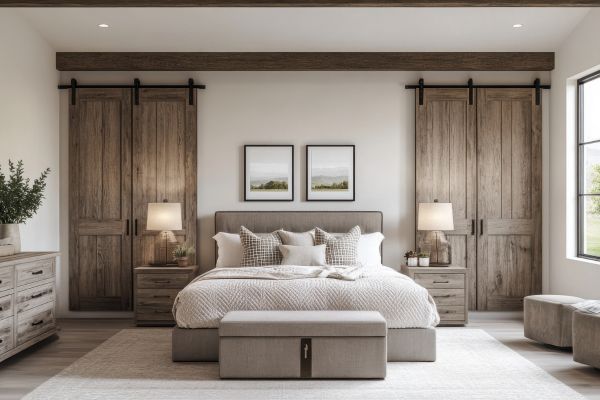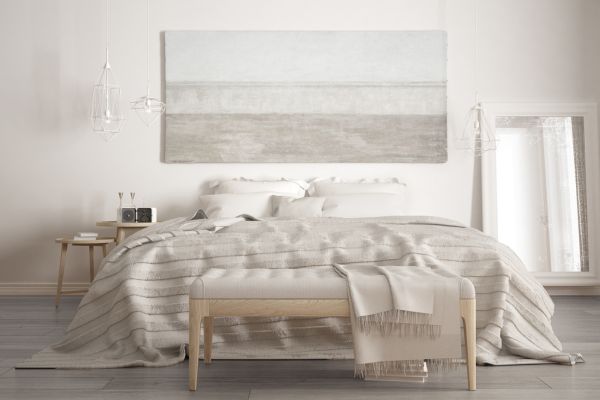Tiny homes are more than just a trend—they’re a lifestyle revolution. Whether you’re seeking financial freedom, a smaller environmental footprint, or just a simpler way of life, tiny homes offer an enticing solution. But what exactly is the allure of these pint-sized dwellings? Why are more people opting for them, and how can you make the leap to living in a tiny home? In this comprehensive guide, we’ll explore everything you need to know about tiny homes—from their benefits to their challenges and tips for making the most of limited space.
The Rise of the Tiny Home Movement
Over the past decade, the tiny home movement has exploded in popularity. The combination of rising housing costs, environmental concerns, and a desire for a minimalist lifestyle has led many to downsize in a big way. Tiny homes, typically ranging from 100 to 400 square feet, allow individuals to live with less while experiencing more freedom. Whether you’re an empty nester, a young couple, or even a solo adventurer, the appeal of tiny homes is hard to ignore.
But what makes tiny homes so special? Well, for starters, the cost savings are significant. Traditional homes come with hefty mortgages, property taxes, and utility bills. Tiny homes, on the other hand, can be built or bought at a fraction of the cost. With many priced between $20,000 and $100,000, tiny homes offer an affordable way to own a home without being bogged down by financial stress.
Benefits of Living in a Tiny Home
Living in a tiny home has plenty of perks beyond just saving money. Here’s a breakdown of the main advantages:
- Cost-Effective: As mentioned, tiny homes are far cheaper to build and maintain. No more jaw-dropping utility bills or sky-high mortgages.
- Eco-Friendly: With a smaller space comes a smaller environmental footprint. Tiny homes use fewer resources, require less energy, and encourage sustainable living.
- Simplified Lifestyle: Say goodbye to clutter! Tiny homes force you to prioritize what truly matters, leading to a more organized and stress-free lifestyle.
- Mobility: Many tiny homes are built on wheels, giving you the freedom to move whenever and wherever you please. Imagine traveling across the country, taking your home with you!
- Low Maintenance: With less space comes less upkeep. Cleaning a tiny home is a breeze, leaving you more time to do what you love.
Challenges of Tiny Living
Now, it’s not all sunshine and rainbows when it comes to tiny living. Like any lifestyle, there are challenges to consider. Here are some potential hurdles:
- Limited Space: This might seem obvious, but adjusting to smaller spaces can be difficult, especially if you’re used to a larger home. Storage becomes a major concern, and you’ll need to get creative with organization.
- Zoning Laws and Regulations: Depending on where you live, there may be restrictions on where you can park or build a tiny home. It’s crucial to research local laws before making the move.
- Lack of Privacy: In a tiny home, every inch of space counts. This can make it challenging to find private time, especially if you’re sharing the space with a partner or family.
- Resale Value: While the market for tiny homes is growing, it’s still relatively niche. This can make selling a tiny home more difficult than selling a traditional house.
How to Make the Most of a Tiny Home
If you’re ready to take the plunge into tiny living, here are some tips to maximize your space and create a functional, comfortable home:
- Multi-Functional Furniture: Invest in furniture that serves multiple purposes. Think fold-out desks, pull-out couches, and lofted beds to save space without sacrificing comfort.
- Vertical Storage: Make use of your walls! Install shelves, hooks, and cabinets to keep items off the floor and maximize storage.
- Minimalism is Key: Tiny living naturally encourages minimalism, but you’ll need to be ruthless when it comes to decluttering. Only keep what you truly need and love.
- Natural Light: To avoid feeling claustrophobic, ensure your tiny home is flooded with natural light. Large windows and skylights can make a small space feel much larger.
- Outdoor Living: Extend your living space by creating outdoor areas. A small deck or patio can serve as an extra room, perfect for relaxing or entertaining guests.
Tiny Home FAQs
Q: What qualifies as a tiny home?
A: Generally, a tiny home is a dwelling that’s 400 square feet or smaller. However, some consider homes up to 600 square feet as “tiny” based on their use of space.
Q: Can you live in a tiny home year-round?
A: Absolutely! Many tiny homes are equipped with all the necessities, including heating, cooling, and insulation, making them suitable for year-round living.
Q: Are tiny homes legal everywhere?
A: Unfortunately, no. Tiny homes are subject to zoning laws and building codes, which vary by state and municipality. Always check local regulations before building or moving your tiny home.
Q: How much does it cost to build a tiny home?
A: Costs can vary depending on materials, size, and location, but most tiny homes range between $20,000 and $100,000. DIY builds tend to be on the lower end of the spectrum, while professionally built tiny homes are pricier.
Q: Can I finance a tiny home?
A: Yes, though it can be trickier than financing a traditional home. Some lenders offer personal loans or RV loans for tiny homes, but you may need to get creative with financing options.
Conclusion
Tiny homes are a modern solution for those looking to live simply, affordably, and sustainably. While the lifestyle isn’t for everyone, the benefits are clear: cost savings, reduced environmental impact, and the freedom to live life on your terms. Whether you’re dreaming of downsizing or just curious about the tiny home movement, there’s no doubt that this trend is here to stay.
With the right planning, creativity, and flexibility, tiny living can be a rewarding experience that offers more than just a roof over your head—it can redefine how you think about home.



